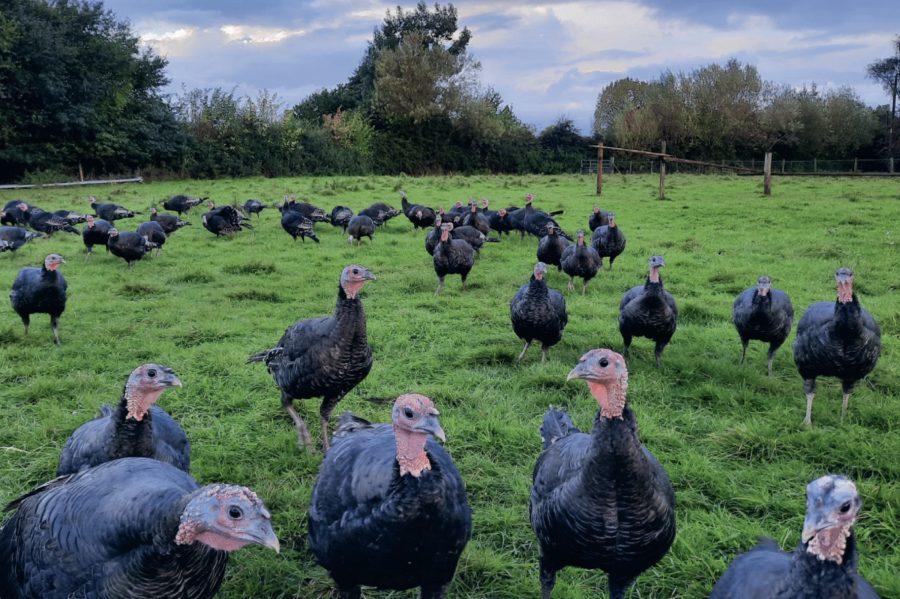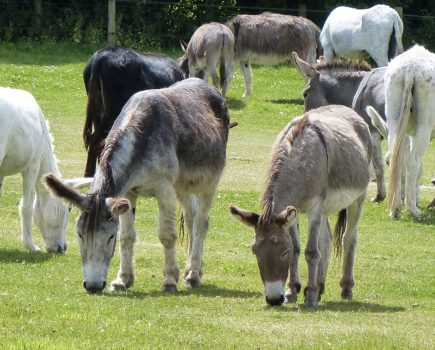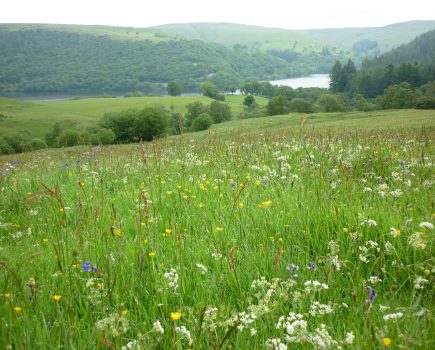Catronia Benson explains how to keep young turkey poults safe when they are out and about…
And they’re off! If, like us, you are rearing turkey poults, it’s likely that you will soon be thinking about letting them out to explore the big wide world. Our turkeys are usually let out to free-range during the day from about 4 weeks old.
MAKING THE BEST OUTDOOR AREA AND HOUSING
Turkeys are active, adventurous birds, and will appreciate as much space as you are able to give them. They do graze, so access to some good quality grass will be of benefit. Ensure that they also have areas of cover – a good high hedge, or an area of woodland will make them feel less exposed to predators. An orchard makes a great space for turkeys – they will feel very secure under the trees, and enjoy tucking into windfall apples in the Autumn.
Wherever you decide to keep your turkeys, it is important that they are not kept with chickens, or on ground where chickens have been kept previously. See section on ‘Blackhead’ later. Fencing needs to be sufficient to keep turkeys in, and potential predators out. Young turkeys – especially heritage breeds – can be quite agile fliers, although they do prefer to fly up to a landing point, rather than straight over fences. We find standard stock fencing with a top wire effective but avoid post and rail – the top rail provides a very tempting perch. Once up on the rail, adventurous fliers have the ideal vantage point from which to plot their next move!
At night, your turkeys will need to be protected from potential fox visits. The best option is usually to shut them back in their barn overnight. Unlike chickens, turkeys do not instinctively take themselves back to their house to roost in the evening. As dusk approaches, they will look for somewhere high up to roost – a fence, roof, or branch. If they fail to find somewhere suitable, they may just opt to go to sleep wherever they happen to be as darkness falls.This means that you may find yourself wandering across the field in the dark, collecting sleepy turkeys and bundling them off to bed. To avoid this, ensure that you herd them back to their sleeping quarters just before dusk. Switching a light on in their shed can help to encourage them back in.
This article extract was taken from the September 2024 edition of The Country Smallholder. Buy the full issue here.
To receive regular copies of The Country Smallholder magazine featuring more articles like this, subscribe here.
For FREE updates from the world of smallholding, sign up for The Country Smallholder newsletter here.








